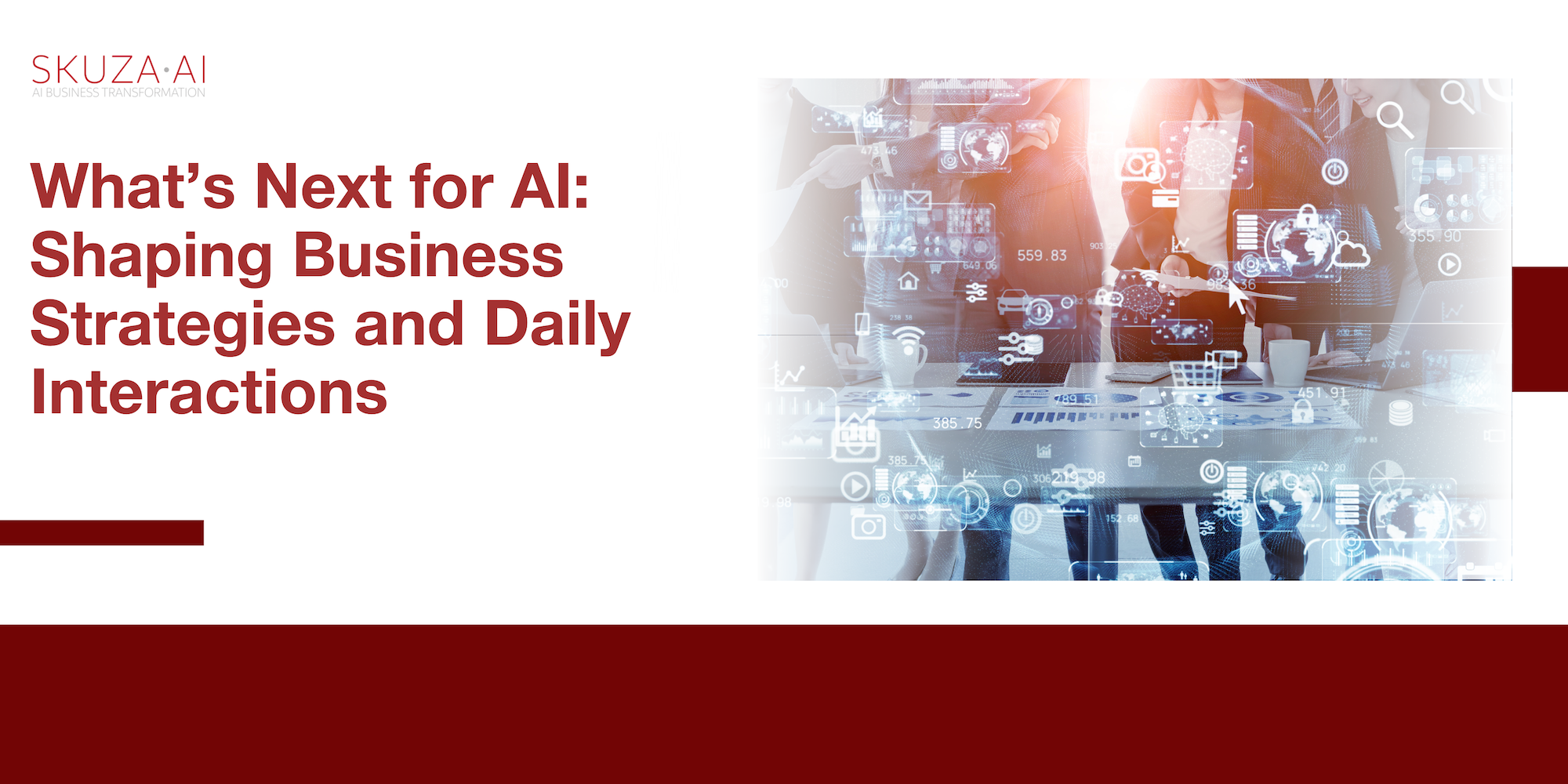As AI continues to evolve at an unprecedented pace, its impact on the way we work, innovate, and solve problems is profound. From transforming customer experiences to optimizing business operations, AI is not just a tool—it’s becoming a strategic driver of growth and efficiency across industries. We are already witnessing how AI supports everything from enhancing sales calls to redefining customer support strategies.
🔹 Practical Example
Consider a three-stage Conversational Support Funnel, where AI and automation handle routine inquiries, freeing up human expertise for complex issues. This approach doesn’t just save time; it helps businesses scale efficiently while maintaining a personal touch for critical customer interactions.
Some of the benefits include:
- Cost Efficiency: Automated handling of repetitive tasks.
- Enhanced Productivity: Human agents focus on high-value interactions.
- Scalability: Solutions that adapt to changing business demands.

But it’s not just about efficiency—AI is also fueling innovation. In a recent strategy session with a logistics client, we identified prime areas for AI integration using my proprietary framework, enhancing supply chain operations and streamlining processes. Imagine turning a two-hour deep dive into actionable insights that save weeks of effort down the line. That’s the kind of tangible impact we can achieve with AI today.
Emerging Trends: Where AI is Making a Difference
I’m particularly interested in exploring how businesses can harness emerging AI trends to unlock new opportunities and create more value:
- Real-time Sentiment Analysis: AI analyzes customer emotions during calls, providing valuable insights and alerting sales leaders to potential issues.
- Generative AI in Decision-Making: Enables immediate interventions and more personalized interactions.
- Intelligent Automation: Automates complex workflows and decision trees to optimize operations.
By 2028, AI will support 80% of customer service operations, transforming the opportunity factor from 30% to 50%. The key is understanding where AI can bring the most value to your unique business model—whether through automating repetitive tasks, enabling data-driven decision-making, or delivering highly personalized customer experiences.
A Call to Action for Business Leaders
Ignoring AI is no longer an option:
✔️ Customer Adoption: Your customers are already using AI to enhance their lives and businesses. Are you meeting their expectations?
✔️ Strategic Imperative: Even if you choose not to implement AI, you need a strategy to manage its impact on your operations and industry.
✔️ Market Acceptance: The market is embracing machine intelligence. Companies that resist risk falling behind in the race for innovation.
The time for strategic action is NOW. Embrace the potential of AI and position your company for future success.
Here’s my question to you: What recent AI developments have had the most significant impact on your professional life? Or what innovations are you most excited to see? I’d love to hear your perspectives!
Choosing the Right Large Language Model
Did you know that 73% of support leaders believe customers will expect AI-assisted service within the next five years? As AI continues to transform industries, many professionals still view ChatGPT as a universal solution for all their AI needs. However, just like you wouldn’t wear the same shoes for every occasion, it’s vital to recognize that different large language models (LLMs) are designed for specific tasks and contexts.
Recent benchmarks indicate significant performance disparities among models, such as:
- Claude 3.5 Sonnet: Excels in code evaluation with an impressive 92% accuracy.
- GPT-4o: Leads in math problem-solving with a 76.6% success rate.
- Gemini 1.5 Pro: Showcases unique strengths across various applications.
This data highlights the necessity of a more strategic approach to AI utilization. Businesses must assess their unique needs and leverage the right model for each application, whether it’s enhancing customer support or optimizing software development.
In one of my latest articles, you can explore how understanding the strengths and limitations of various LLMs can significantly boost productivity and customer satisfaction, positioning your organization for success in an increasingly AI-driven landscape.

